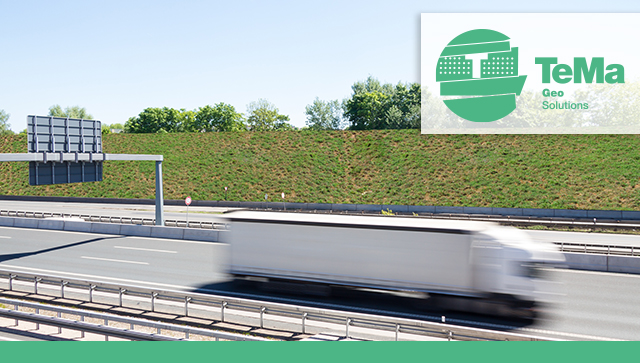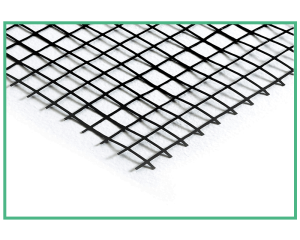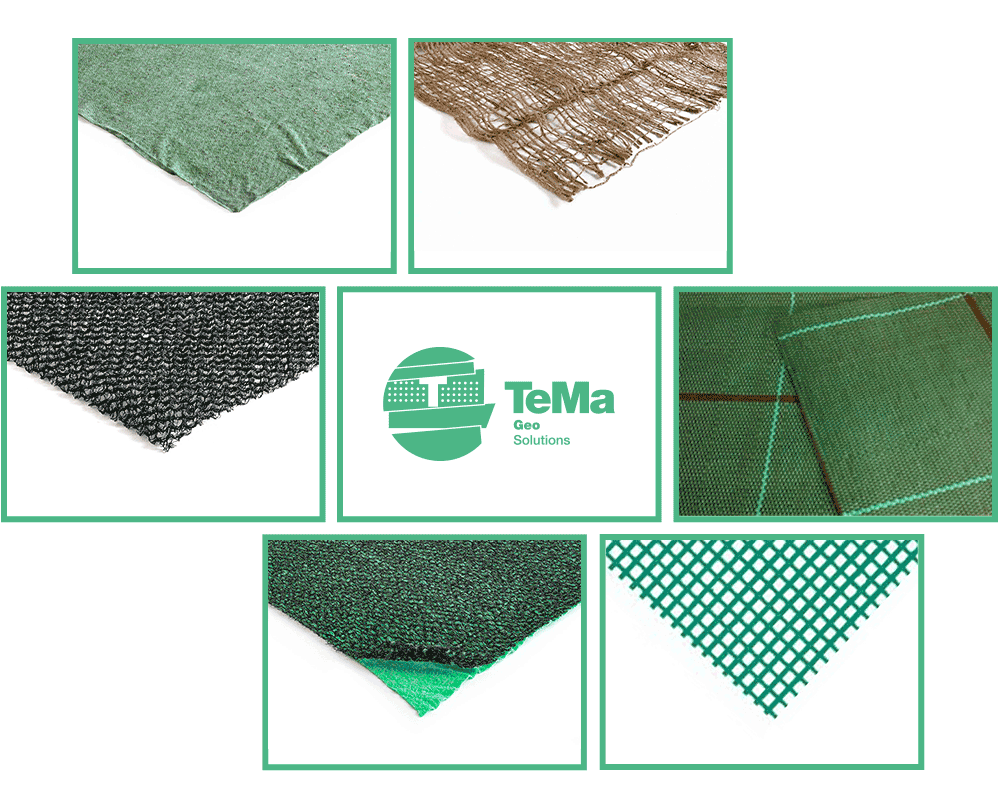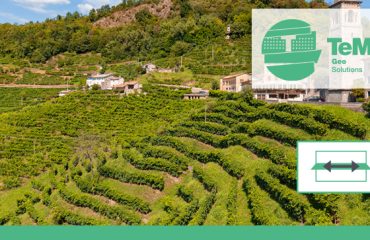
Hearing the noise of traffic outside your window all day long is irritating and distracting and, in the long term, also harmful to your health.
This is why the WHO and a number of laws govern the use of noise remediation systems in cities: the Framework Law no. 447 of 1995 for Italy and the European Directive on Environmental Noise no. 49/2022. If the cause of the noise cannot be addressed, the solution is to install protective barriers. Various kinds can be used, but in this case we focus on reinforced earth structures that require specific measures, which we discuss here.
For example, the Pedemontana Veneta is a new toll motorway in Italy: nearly 100 km long. Almost entirely in operation in the north-east of the Veneto region, the main route of this motorway runs through a deep trench in order to minimise the ‘territorial’ and environmental impact on the surrounding area. This means that long sloping areas of reinforced earth can be found along the sides of the motorway, with rows of trees and hedges for 58.61 km and green areas covering 1,333,410 square metres of hedgerows, groves, grassy slopes and tree-lined meadows.
A focus on noise with much regard for the landscape.
What do reinforced earth noise barriers consist of?
For this type of embankment with its typical trapezoidal shape, earth is used that will be covered by vegetation over time. Geosynthetic reinforcements and geogrids are added to support the earth, which already has good compressive strength. These are inserted horizontally into the ground and develop friction and tension that stabilise the structure, increasing its resistance to stress.
The TeMa Geo Solutions offer includes the X-Grid Pet PVC range of geogrids, with different resistance values, which are ideal for all kinds of contexts.

Another aspect to bear in mind is surface erosion of the soil: to counteract this, synthetic geomats are applied, also with a mulching function to encourage the growth of grass cover, or natural fibre bionets.
Also in this case, TeMa Geo Solutions offers a wide choice ranging from Ecovermat F Grass and Ecovernet FJ to the K-Mat range.

Why use a vegetation barrier as a protective noise barrier?
A vegetation barrier has an unquestionable ability to limit the spread of sound waves: some of them are absorbed, some reflected and some deflected. As a result, the amount of sound waves reaching the receiver is greatly reduced and noise can be dampened by several decibels.
The advantages of a reinforced earth sound-deadening barriera
Creating reinforced earth structures brings considerable advantages:
- it costs less because you can often use earth available on-site
- no special maintenance is required other than regular trimming.
- it helps the environment and integrates with it: the use of vegetation also reduces vehicle emissions by absorbing CO 2 and purifying the air.




